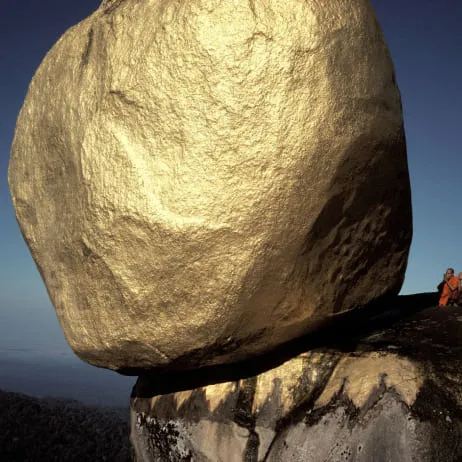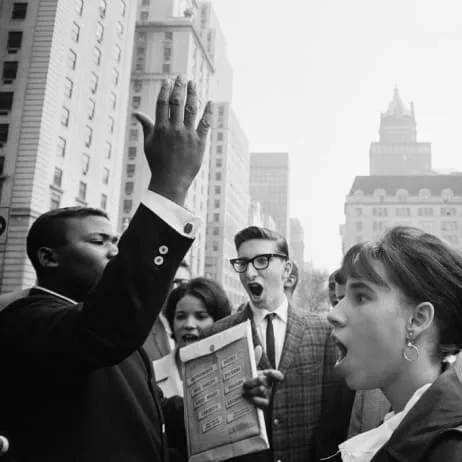Ishiuchi
Miyako
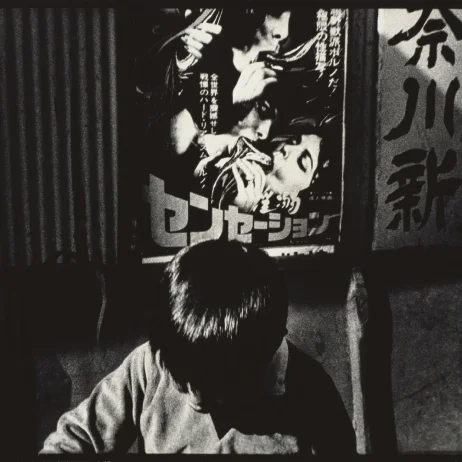
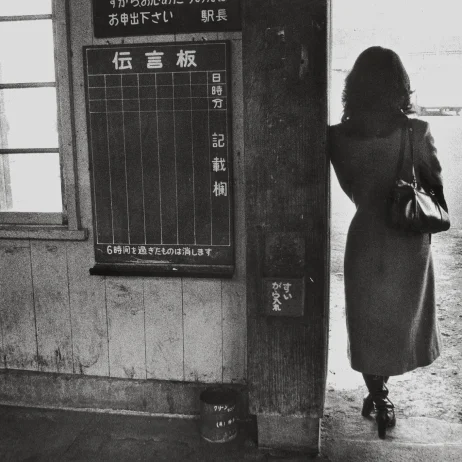
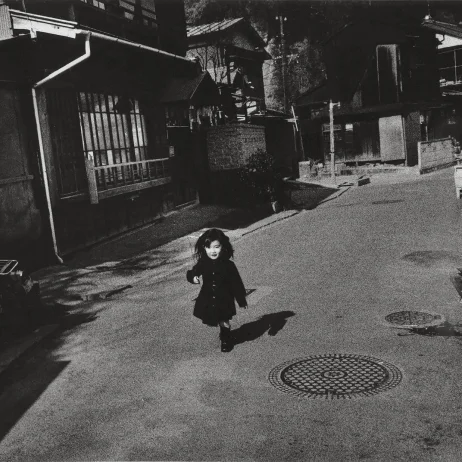

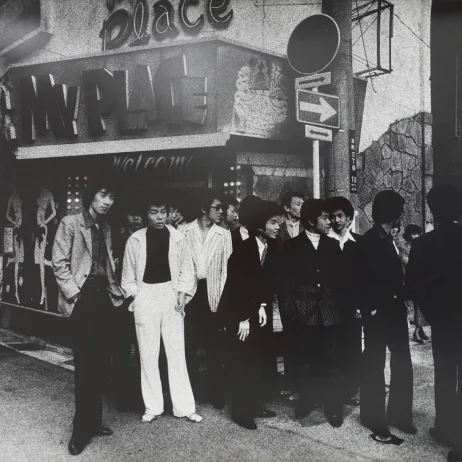
“I love beautiful things, and I want to
indIshiuchi Miyako began her photographic career shooting familiar streets and buildings in her hometown, Yokosuka, which had been transformed during the post-war period into one of the largest American naval bases in the Pacific. For over ten years, Ishiuchi documented this alien presence, capturing traces of the US Occupation that lingered decades after the war had ended, and charging her work with a subjectivity which blended personal and political awareness.
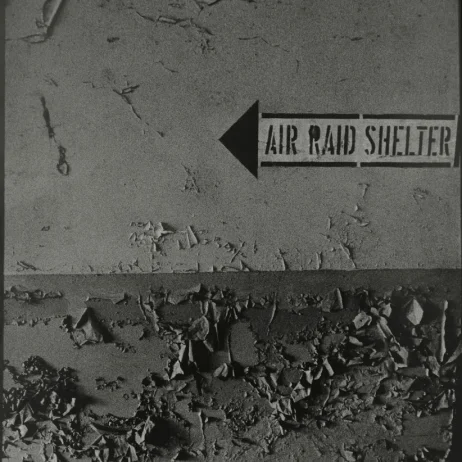
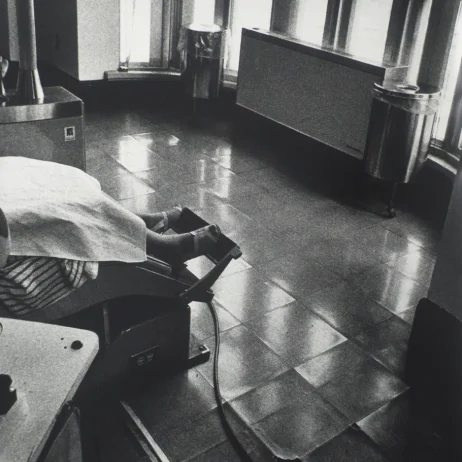
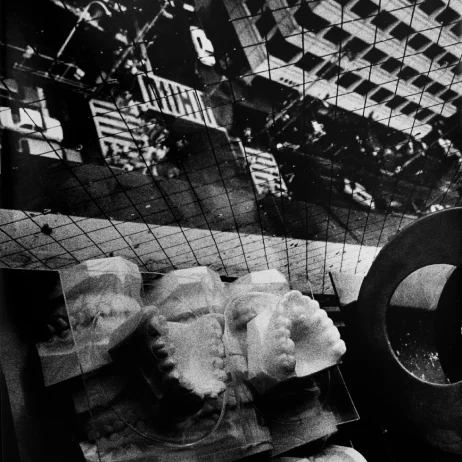

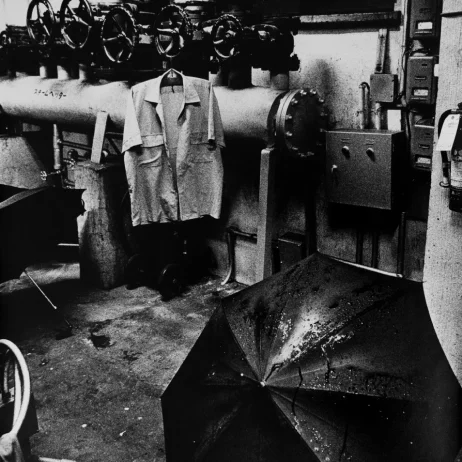
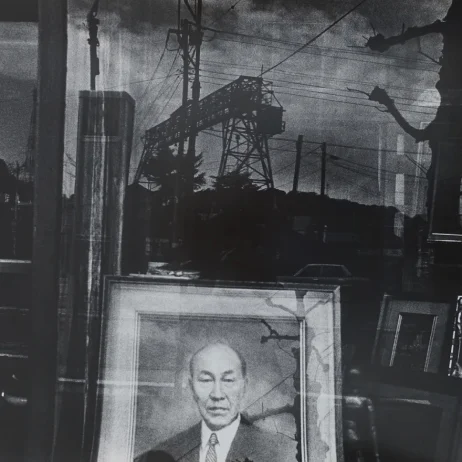
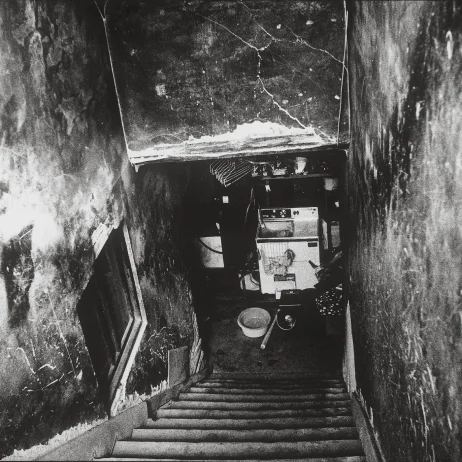
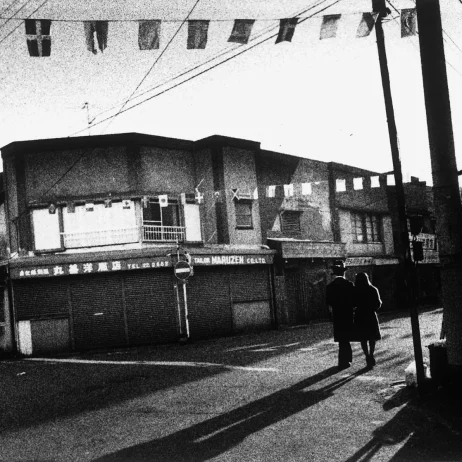
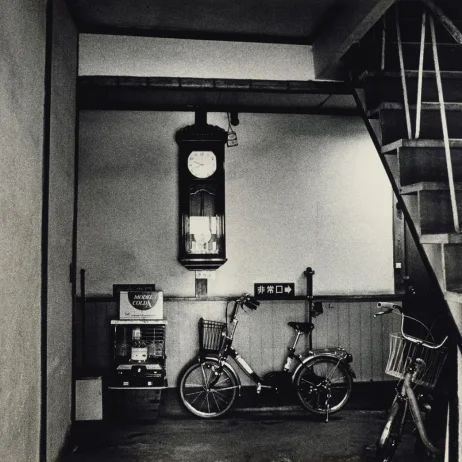
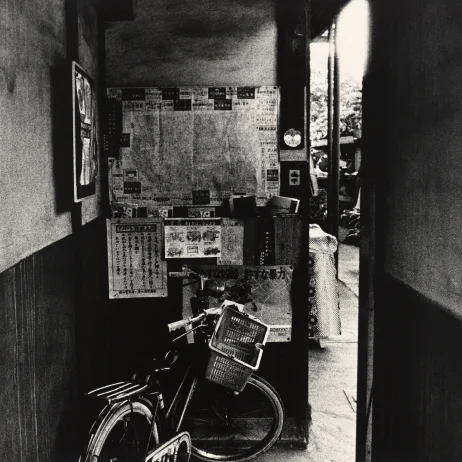
“I love beautiful things, and I want to
indIshiuchi was immersed as a student in the radical political climate of Tokyo at the end of the 1960s. Contemporary identity politics and debates surrounding self-expression encouraged Ishiuchi to reflect upon her fraught relationship with Yokosuka, and in 1976 she returned to the town she has characterized as a place of fear, grief, resentment, and disorientation. Although Ishiuchi is only physically represented in these early series once, as a shadow, she has commented that these photo books, concerned with Yokosuka and its history, are “totally personal […] My very own skin, born in the darkroom.”
“I love beautiful things, and I want to
indFor Ishiuchi, the physical process of creating prints, which she taught herself by experimenting in a dark room she set up at home, is of critical significance. Her coarse-grained, monochrome style from this period has been compared to the are-bure-boke (rough, blurred, out of focus) style popularised by Daidō Moriyama. This distinctive aesthetic was praised by her mentor Tōmatsu Shōmei, and has been celebrated in numerous exhibition in her home country, and internationally, at institutions including Tate Modern, ICP and MoMA.
Kubota has proved to be a remarkably
indThrough her images of subjects ranging from the American Occupation of Japan and the bombing of Hiroshima, to women’s scarred bodies and her mother’s and Frida Kahlo’s personal effects, Ishiuchi Miyako has explored the passage of time and history. Like Shomei Tomatsu and Daido Moriyama, renowned Japanese photographers who emerged in the 1950s and ’60s, Ishiuchi’s early work was shaped by the residual presence of World War II.


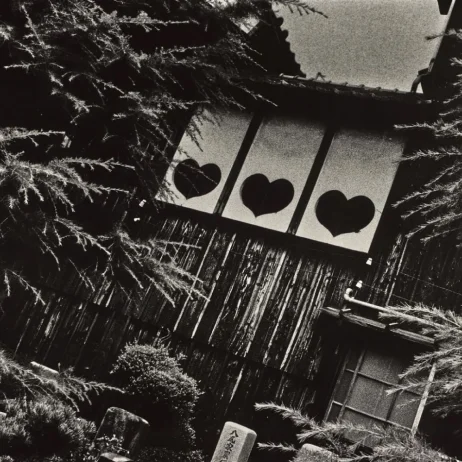
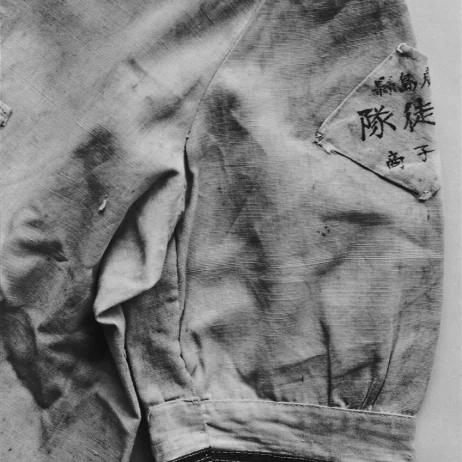
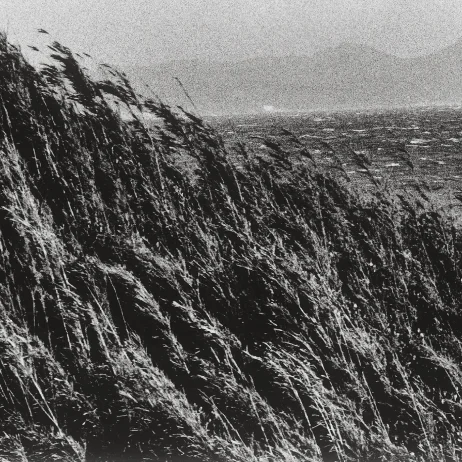
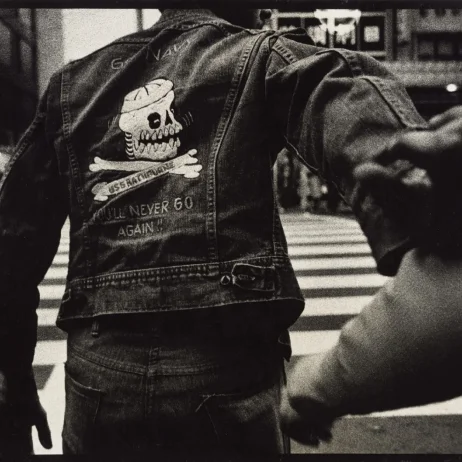
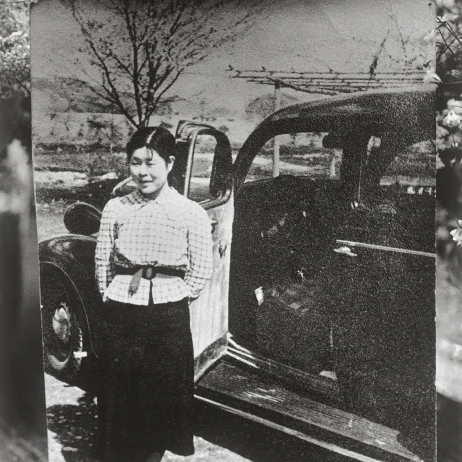
close
Ishiuchi Miyako
The inspiration behind the series Scars (1991-2003)
Miyako Miyauchi is the inspiration behind the series Scars. She compares the scars to old photographs and considers them powerful testimonies for human survival.
2016
close
Ellie [Chim↑Pom]
Ellie Interview
Ellie offers a unique perspective on the process of creating the word "ピカッ" in the sky above Hiroshima's Atomic Bomb Dome using airplane contrails.
2013

